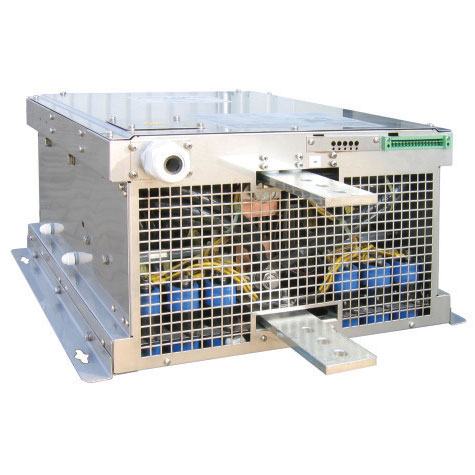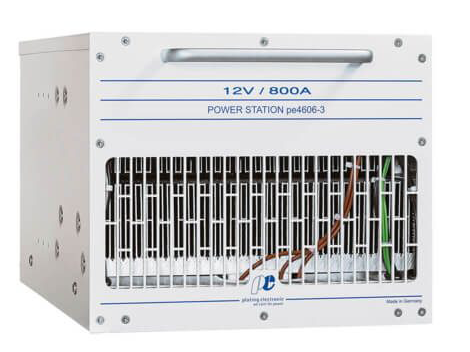The choice between air-cooled and water-cooled rectifiers depends on factors such as cooling requirements, installation constraints, maintenance considerations, and the operating environment of the application. Each type offers distinct advantages and may be more suitable for specific applications based on these factors.
To help inform your decision, let’s compare air-cooled and water-cooled rectifiers across various aspects:
Cooling Method
– Air-Cooled: Uses air as the cooling medium, typically through natural convection or forced air circulation with fans.
– Water-Cooled: Relies on water circulation to dissipate heat, often through a closed-loop water cooling system.
Maintenance
– Air-Cooled: Generally requires less maintenance compared to water-cooled rectifiers due to simpler cooling systems.
– Water-Cooled: Requires periodic maintenance to ensure proper water flow, to monitor for leaks, and to prevent corrosion.
Installation and Space Requirements
– Air-Cooled: Typically more compact and easier to install, requiring minimal space and simpler infrastructure compared to water-cooled rectifiers.
– Water-Cooled: Requires additional space for water circulation infrastructure, such as pipes, pumps, and cooling towers.
Operating Environment
– Air-Cooled: Suitable for a wide range of environments, including indoor and outdoor applications, with minimal environmental impact.
– Water-Cooled: Ideal for applications where water is readily available and environmental conditions allow for the use of water-cooling systems.
Efficiency and Performance
– Air-Cooled: May have slightly lower efficiency compared to water-cooled rectifiers, especially in high-temperature environments, but offers good overall performance.
– Water-Cooled: Generally provides excellent cooling efficiency, making it suitable for high-power applications or environments with elevated ambient temperatures.
Safety
– Air-Cooled: Generally considered safer due to the absence of water, reducing the risk of leaks, spills, and associated hazards.
– Water-Cooled: Requires proper maintenance to prevent water leaks, which could pose electrical hazards and increase the risk of equipment damage or downtime.
Cost
– Air-Cooled: Typically lower initial cost and lower operating costs due to simpler infrastructure and maintenance requirements.
– Water-Cooled: Higher initial cost and potentially higher operating costs due to the need for coolant circulation equipment and more extensive maintenance.
North American rectifiers has a wide variety of rectifiers for you to choose from, both pre-engineered and custom-made. Reach out to us today to get your project started!


